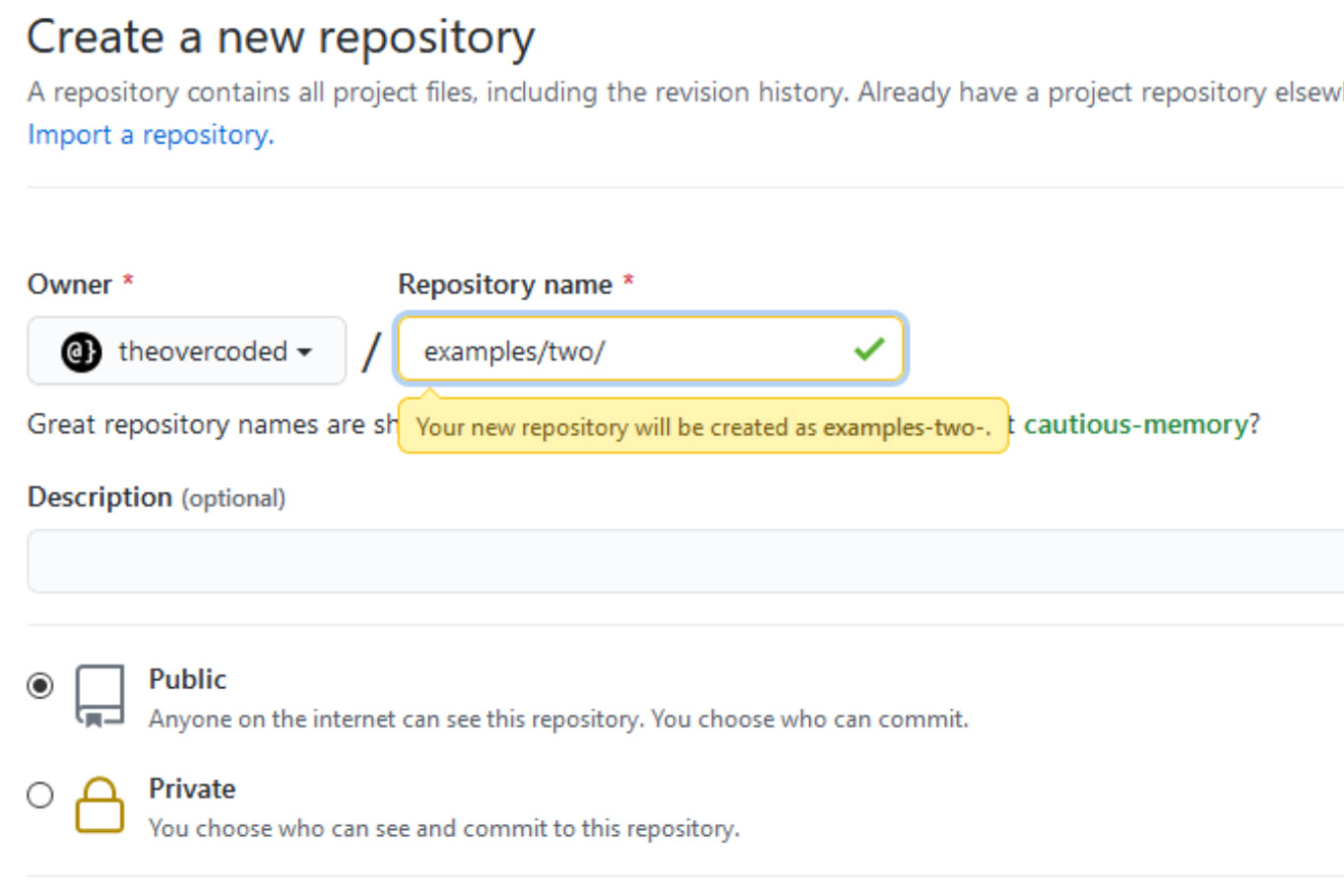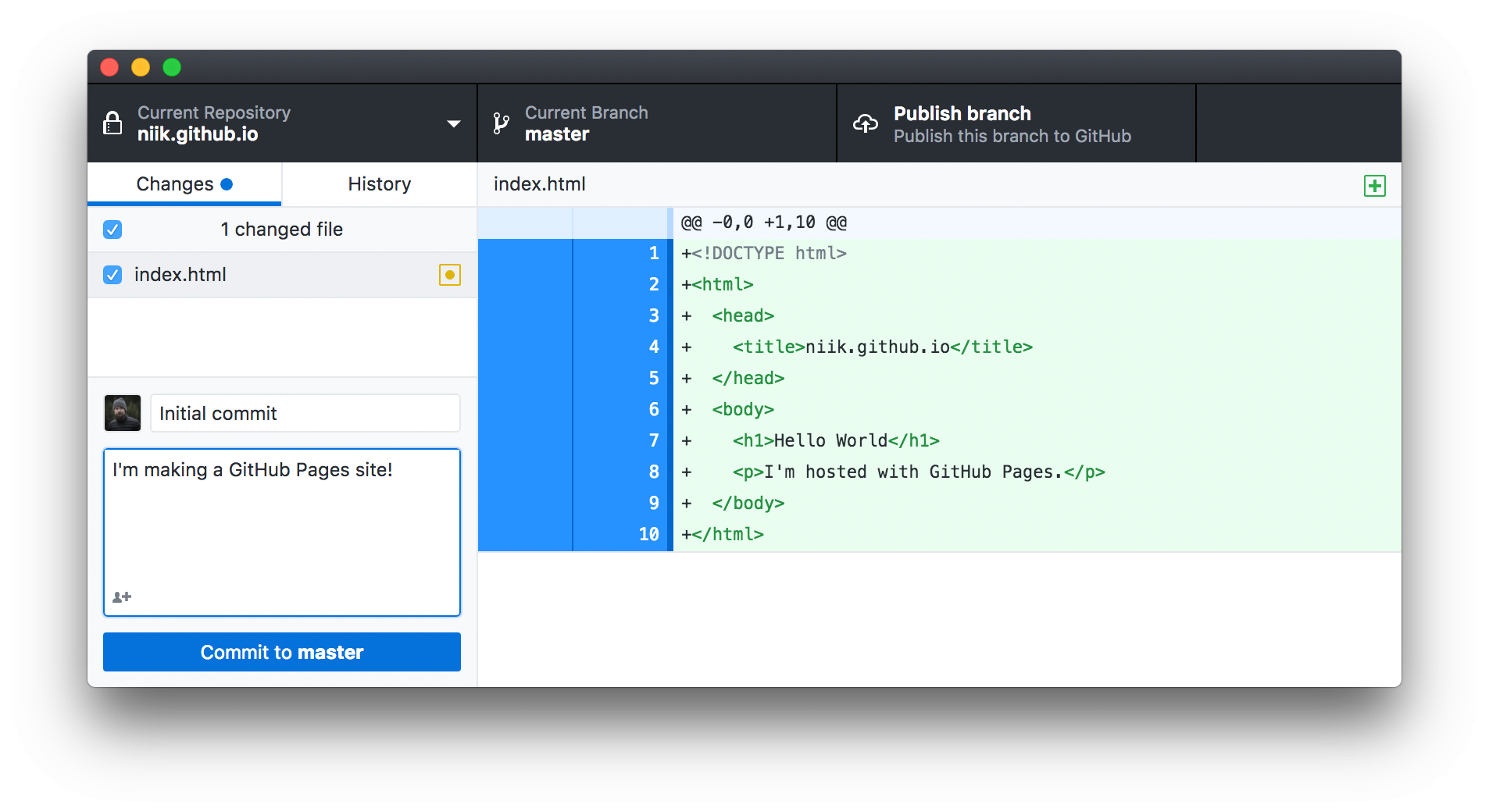
- #HOW TO CREATE A FILE FOLDER WITHIN A REPO ON GITHUB FULL#
- #HOW TO CREATE A FILE FOLDER WITHIN A REPO ON GITHUB SOFTWARE#
- #HOW TO CREATE A FILE FOLDER WITHIN A REPO ON GITHUB CODE#
- #HOW TO CREATE A FILE FOLDER WITHIN A REPO ON GITHUB FREE#
If your project site is published from a private or internal repository owned by an organization using GitHub Enterprise Cloud, you can manage access control for the site. Warning: GitHub Pages sites are publicly available on the internet by default, even if the repository for the site is private or internal. If you're not creating your site in an existing repository, see " Creating a repository for your site."

If you're creating a user or organization site, your repository must be named.

#HOW TO CREATE A FILE FOLDER WITHIN A REPO ON GITHUB FREE#
If the account that owns the repository uses GitHub Free or GitHub Free for organizations, the repository must be public.
#HOW TO CREATE A FILE FOLDER WITHIN A REPO ON GITHUB CODE#
For example, if you're creating a site to publish documentation for a project that's already on GitHub, you may want to store the source code for the site in the same repository as the project. If your site is associated with an existing project, you can add the source code to that project's repository, in a /docs folder on the default branch or on a different branch. If your site is an independent project, you can create a new repository to store your site's source code. For more information, see " Managing the publication of GitHub Pages sites." Creating a repository for your site (The common practice is to not store the entire history of the subproject in your main repository, but If you want to preserve it just omit the –squash flag.Note: Organization owners can restrict the publication of GitHub Pages sites from repositories owned by the organization. vim/bundle/tpope-vim-surround main -squash First add git subtree at a specified prefix folder: git subtree add -prefix. If you just want a couple of one-liners to cut and paste, read this paragraph. The quick and dirty way without remote tracking Here is a canonical example of tracking a vim plug-in using git subtree. The version installed by homebrew on OSX already has subtree properly wired, but on some platforms you might need to follow the installation instructions. Git subtree is available in stock version of Git since May 2012 – v1.7.11 and above. The responsibility of not mixing super and sub-project code in commits lies with you.Contributing code back upstream for the sub-projects is slightly more complicated.You must learn about a new merge strategy (i.e.Contents of the module can be modified without having a separate repository copy of the dependency somewhere else.ĭrawbacks (but in our opinion they're largely acceptable):.

#HOW TO CREATE A FILE FOLDER WITHIN A REPO ON GITHUB SOFTWARE#
While submodules are useful for a few use cases, they do have several drawbacks.Īre there alternatives? The answer is: yes! There are (at least) two tools that can help track the history of software dependencies in your project while allowing you to keep using Git:
#HOW TO CREATE A FILE FOLDER WITHIN A REPO ON GITHUB FULL#
The Internet is full of articles on why you shouldn’t use Git submodules.


 0 kommentar(er)
0 kommentar(er)
